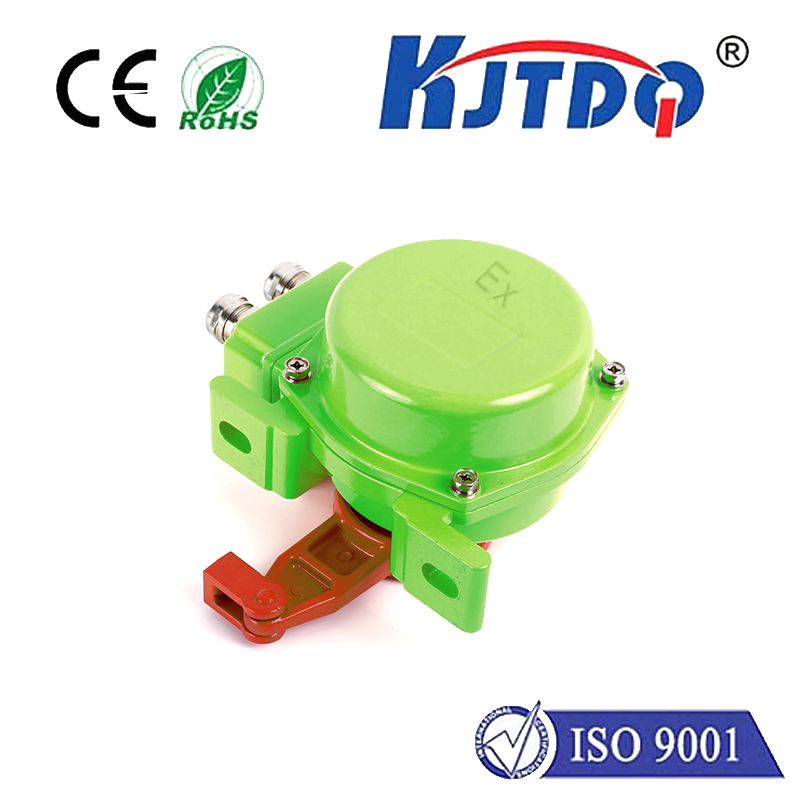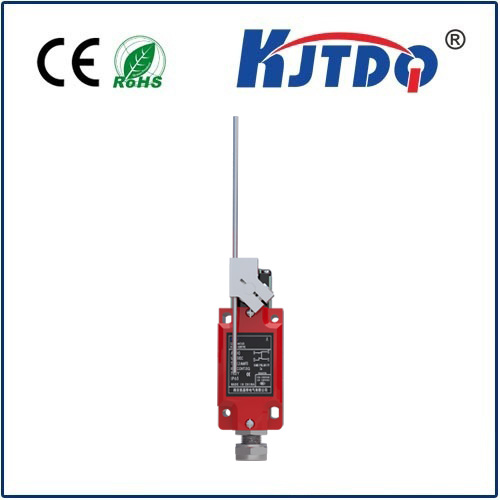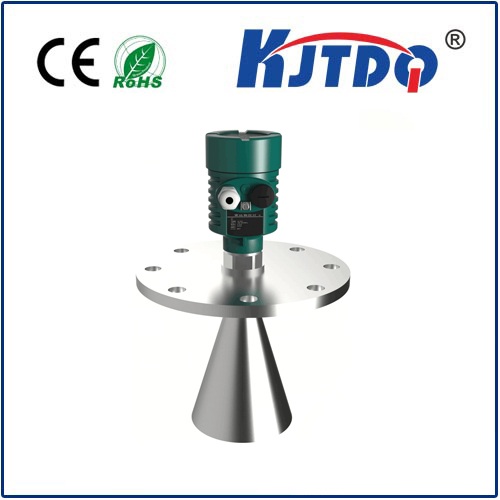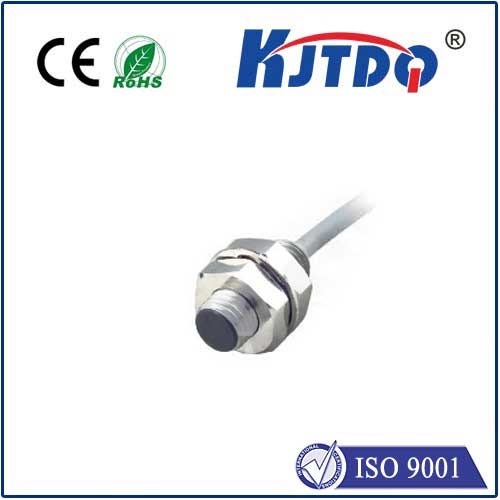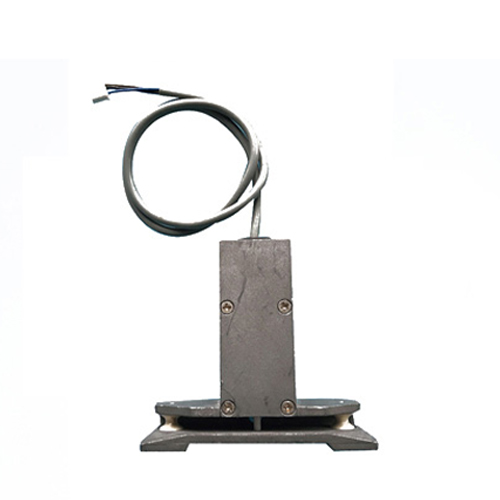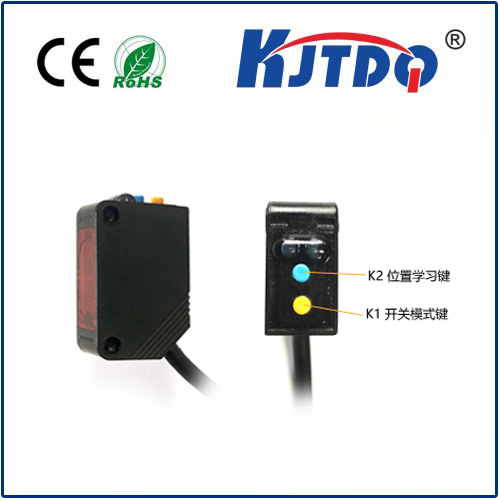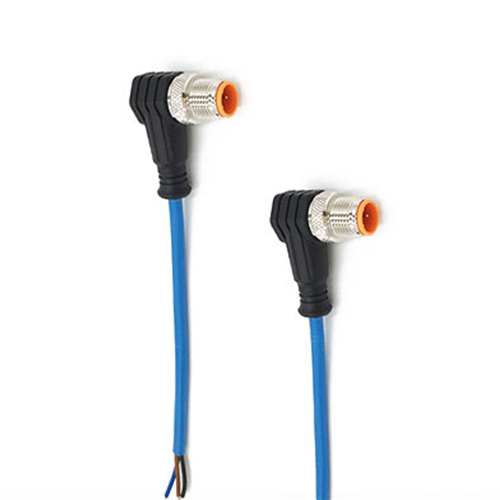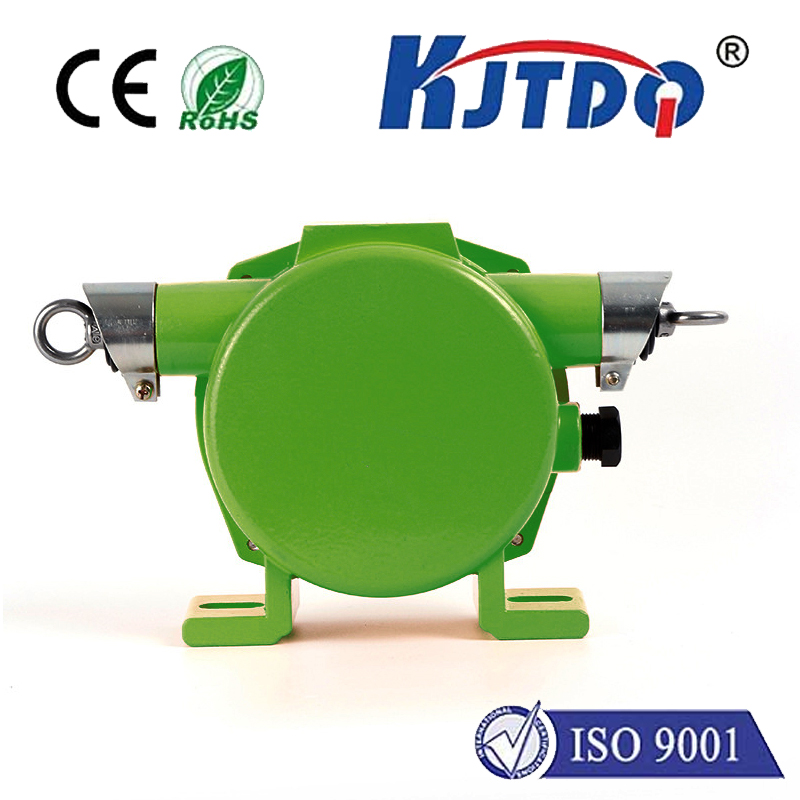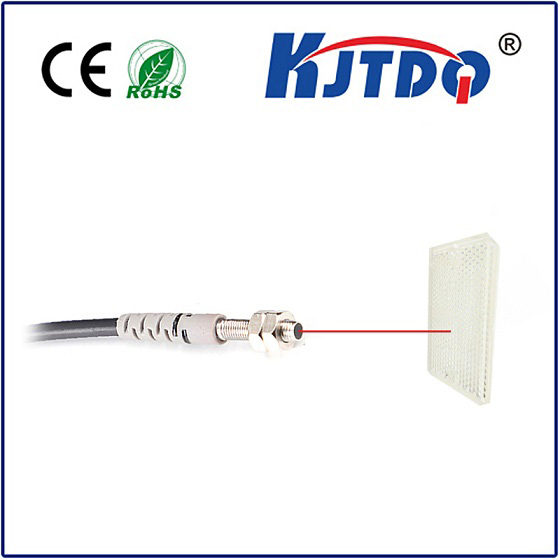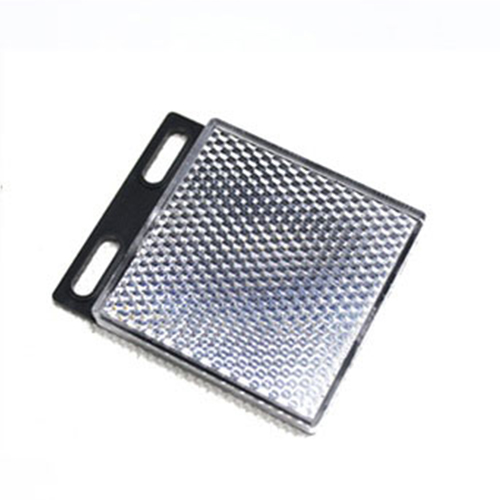ограничитель постоянного тока
- time:2025-08-02 03:06:43
- Нажмите:0
DC Limit Switches: The Precision Guardians in Low-Voltage Automation
Ever wondered how automated machinery knows exactly when to stop a moving part, reverse direction, or trigger a safety sequence? Often, the silent, unsung hero enabling this crucial positional control is the DC limit switch. These robust sentinels play a vital role in countless applications where precision, reliability, and low-voltage operation are paramount. Moving beyond simple on/off functions, DC limit switches offer distinct advantages that make them indispensable in modern control systems.
Understanding the Core: What is a DC Limit Switch?
At its heart, a limit switch is an electro-mechanical device designed to detect the presence or absence of an object (its “actuator”) or to monitor its position within a defined range. It achieves this through physical contact – when the moving part of the machine interacts with the switch’s actuator (like a roller lever, plunger, or whisker), it mechanically changes the switch’s internal electrical contacts.
The “DC” designation specifically refers to its operating voltage. Unlike AC limit switches designed for standard line voltages (e.g., 120VAC, 240VAC), DC limit switches are engineered to function optimally with direct current power supplies, typically ranging from low voltages like 5VDC or 12VDC up to 24VDC or 48VDC. This low-voltage operation is a critical differentiator and a primary reason for their selection in numerous scenarios.

Why Choose DC Over AC? The Key Advantages
While AC limit switches are common, DC-powered counterparts offer compelling benefits in specific environments:
- Intrinsic Safety: Low-voltage DC operation inherently reduces the risk of severe electrical shock. This makes them significantly safer, especially in wet, dusty, or potentially explosive environments (where intrinsically safe designs are required) or in applications accessible to personnel during operation or maintenance.
- Compatibility with Modern Electronics: The proliferation of Programmable Logic Controllers (PLCs), microcontrollers, sensors, and other solid-state control systems predominantly use DC power supplies (5VDC, 12VDC, 24VDC). DC limit switches integrate seamlessly into these circuits without the need for additional signal conditioning or relays in many cases.
- Reduced Electrical Noise: DC signals are generally less susceptible to generating or being affected by electromagnetic interference (EMI) compared to AC signals switching at line frequency. This leads to cleaner signal transmission back to the controller, enhancing system reliability, especially in electrically noisy industrial settings.
- Precision and Longevity: DC switches often utilize gold-plated contacts or specialized designs optimized for the lower voltages and currents typical in control circuits. This can contribute to more reliable switching, reduced contact arcing (which degrades contacts over time), and potentially longer operational lifespans for the switching mechanism itself.
- Flexible Output Types: DC limit switches commonly offer versatile output configurations beyond simple SPST (Single Pole, Single Throw). You’ll frequently find SPDT (Single Pole, Double Throw) versions for change-over signaling, and crucially, both mechanical contact (dry contact) and solid-state transistor outputs (NPN or PNP). Solid-state outputs provide fast switching speeds, high cycle life, and compatibility with sensitive electronic inputs.
Where DC Limit Switches Excel: Core Applications
The unique strengths of DC limit switches make them ideal for a vast array of applications:
- Industrial Automation & Machinery: End-of-travel detection on linear actuators, robotic arms, and CNC machines; position verification on conveyors, indexing tables, and assembly lines; safety interlocks on guards and doors. Their compatibility with PLCs is key here.
- Перевозка материалов: Limit sensing on cranes, hoists, and automated guided vehicles (AGVs) for preventing over-travel and ensuring positioning accuracy.
- Renewable Energy Systems: Position feedback in solar panel trackers and small wind turbine pitch control mechanisms.
- Transportation: Door position sensing on trains, buses, and elevators; landing gear position indicators in aircraft. The reliability and low-voltage safety are critical.
- Medical Equipment: Precision positioning within diagnostic scanners, patient positioning systems, and automated lab equipment, where low voltage and minimal EMI are essential.
- Marine & Off-Grid Systems: Widely used in boats, RVs, and remote installations powered by batteries (DC sources).
- Consumer & Commercial: Automated gates, doors, vending machines, and packaging equipment.
Comparing DC and AC Limit Switches: A Quick Reference
| Особенности |
DC Limit Switch |
AC Limit Switch |
| Рабочее напряжение |
Low Voltage DC (e.g., 5-48VDC) |
Standard Line Voltage AC (e.g., 120/240VAC) |
| Primary Safety Advantage |
Lower shock risk, suitable for harsh/accessible areas |
Higher voltage, greater shock risk |
| Совместимость |
Ideal for PLCs, microcontrollers, modern electronics |
Often requires relays for PLC interface |
| Electrical Noise (EMI) |
Generally lower susceptibility |
Higher potential for generation/pickup |
| Common Output Types |
SPDT, Solid-State (NPN/PNP), Dry Contact |
Primarily Mechanical Contacts (SPST, SPDT) |
| Typical Applications |
Precision control, low-voltage systems, electronics integration, safety interlocks |
Higher power loads, simple on/off control near AC sources |
Choosing the Right DC Limit Switch: Key Considerations
Selecting the optimal DC limit switch involves evaluating several factors:
- Voltage and Current Rating: Match the switch’s rated operating voltage and current (both load and inrush) precisely to your control circuit requirements. Exceeding ratings damages the switch.
- Actuator Type: Choose based on how the target object will contact the switch. Options include Roller Lever (uni/bidirectional), Plunger (axial force), Whisker (light touch), Rotary Cam, Forked Lever, and more. Consider the direction of approach and force required.
- Electrical Configuration:
- Contact Type: Mechanical (Dry Contact) or Solid-State (NPN Sinking / PNP Sourcing). Solid-state offers faster switching and longer life but requires compatible input circuitry and correct polarity wiring.
- Circuit Type: SPST (Normally Open/Closed), SPDT (Change-Over). SPDT offers more flexibility.
- Environmental Protection (IP Rating): Crucial for reliability. Select an IP rating (Ingress Protection) suitable for the environment – dust, moisture, washdowns, chemicals, temperature extremes.
- Mechanical Life: The expected number of operating cycles (actuations) the switch can endure. Higher is better for frequent cycling applications.
- Electrical Life: The expected lifespan related to the electrical load it switches, especially relevant for mechanical contacts under load.
- Housing Material: Determines resistance to impact, chemicals, and UV degradation (for outdoor use). Common materials are metal (zinc alloy, stainless steel) or high-grade engineering plastics.
- Safety Certification: For critical safety functions (e.g., machine guarding), ensure the switch meets relevant standards (e.g., IEC 60947-5-1, ISO 13849-1 performance level requirements if used in safety circuits).
Beyond the Basics: Enhancing Functionality
Modern DC limit switches often incorporate features for improved performance:
- Hermetically Sealed Contacts:Защита







